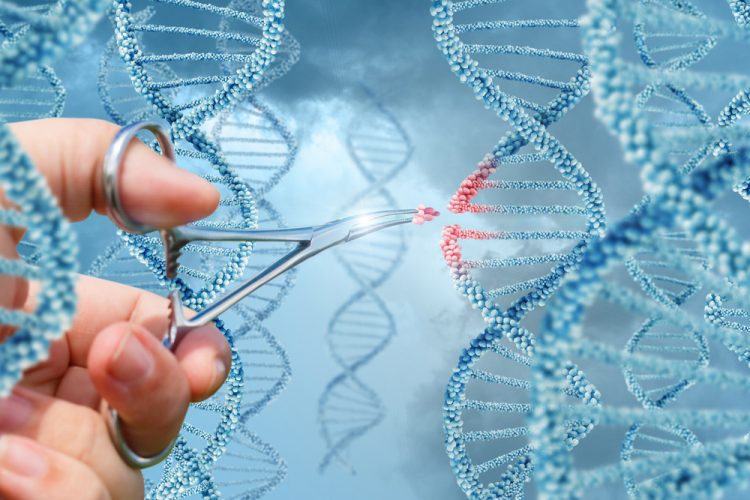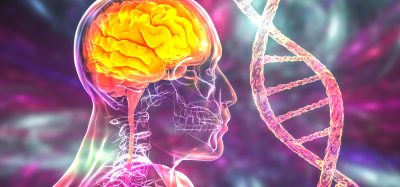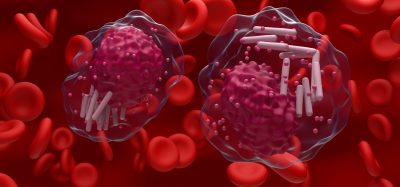A team led by Dr Zuzana Tothova, at the Broad Institute of MIT and Harvard and instructor in medicine at Dana-Farber Cancer Institute (DFCI), describes a new approach that has the potential to make this leap.
“We use human genetics to teach us which combinations of mutations lead to cancer,” explained Professor Ben Ebert
Using multiplex CRISPR-Cas9 editing of human hematopoietic, or blood-forming, stem cells followed by transplantation in mice, the team designed customised mouse models for the progression of leukaemia. In a number of different experiments, the animal models successfully reflected human responses to a therapeutic agent commonly used to treat blood cancers. “With our models, we can really test — in a very controlled fashion, in the right setting, and using the right cells — the genetic predictors of response to specific agents,” said Dr Tothova.
Learning from human genetics
The research team started by examining large-scale sequencing data from Ebert’s lab and The Cancer Genome Atlas to determine which combinations of mutations occur most commonly in myelodysplastic syndrome (MDS) and acute myeloid leukaemia (AML), blood cancers in which the bone marrow fails to produce healthy blood cells. The researchers landed on nine genes that are recurrently mutated in MDS and AML.
“We use human genetics to teach us which combinations of mutations lead to cancer,” explained Professor Ben Ebert of Harvard Medical School said: “If we have sequencing data from enough tumours, we can identify the genes that are mutated recurrently and which combinations of mutations co-occur more commonly than expected by chance.”
Currently, many cancer models do not reflect the cancer genetics that a particular investigator would like to study, which often leaves both researchers and patients at a disadvantage.
One strategy is to transplant an actual human cancer sample into a mouse, but the cancer tissue often doesn’t engraft well, and researchers are only able to test against the specific combination of mutations accumulated in a given cancer sample in the first place.
To study these specific MDS-driving mutations in combination, the team developed a pipeline to insert them into new lab models.
“Say we’re trying to develop a new drug against a particular combination of mutations, which we know about through the cancer sequencing efforts,” said Dr Tothova. “You might not have any sample available to study with that particular combination of mutations. We wanted to be able to engineer the right lesions in human cells, let them expand in mice, and generate an accurate genetic model of disease for testing new therapies. This has been a longstanding goal for cancer researchers, and for the pharmaceutical industry, for a very long time.”
Customising cancer mutations with CRISPR
To create models with the right mutations, Dr Tothova and her team established a customisable system to introduce the cancer-driving mutations into human hematopoietic stem cells, where MDS and AML originate. The researchers already had extensive experience working with hematopoietic stem cells and progenitor cells, largely from umbilical cord blood or adult bone marrow, and in 2014, they published a Nature Biotechnology paper in which they described using the CRISPR-Cas9 system to create similar models of mouse cancers. This time, the team was aiming to model MDS in human cells, a much more challenging goal.
Nobody so far has done this kind of multiplex CRISPR engineering in the actual hematopoietic stem cell compartment.
The researchers took primary cells from healthy donors and used CRISPR-Cas9 to engineer them with a number of different mutation combinations, rather than a single alteration, in order to reflect the complexity of tumour mutations seen in patients. The combinations of mutations that the cells tolerated — those that successfully altered the genes without killing the cells — and that led to expansion over time were also the ones seen in human tumour samples.
“Nobody so far has done this kind of multiplex CRISPR engineering in the actual hematopoietic stem cell compartment, adding specific mutations in combination to generate disease models,” said Dr Tothova.
From there, the team injected the stem cells into the mice’s circulatory systems, where a portion incorporated themselves into the bone marrow. The team monitored their progression, extracting and sequencing the human cells five months later to determine which engineered cells successfully propagated and which mutations became the most common over time in these pre-malignant and early malignant states.
Testing therapeutic agents
The mainstay of treatment for MDS patients are hypomethylating agents called azacitidine and decitabine. Based on previous studies, the team identified specific genetic mutations that could be used to predict cancer cells’ response to these compounds in humans. (For example, mutations in a gene called TET2 predict treatment success for MDS patients, while mutations in the ASXL1 gene predict resistance in the tumours.)
When the researchers treated the mice with azacitidine, they found that the response in the engineered cells matched what was expected from the human data: TET2-mutated cells responded to the drug, while ASXL1-mutated cells were resistant to the therapy. The team also discovered that mutations in a cohesin gene, SMC3, increased sensitivity to the drug — data that could be important to clinicians and patients whose tumours share those mutations.
“We are able to recapitulate findings previously seen in human clinical trials, which makes us feel more confident in the power of these models,” said Dr Tothova. “The data that comes from patients reflects the most important experiment we are trying to understand.” She is currently working with clinical collaborators at DFCI to extend some of these findings into clinical trials.
The team believes their approach to creating this type of leukaemia progression model for therapeutic testing can be applied to other types of cancer as well, as long as sequencing data is available to choose appropriate mutations and progenitor cells can be acquired from the desired tissue. “People in the field are hungry for these kinds of models,” said Prof Ebert. “We are modelling the disease in the right cellular context with a genetic complexity that reflects what we see in patients. This hasn’t been done before, and it could become a really beneficial tool.”








